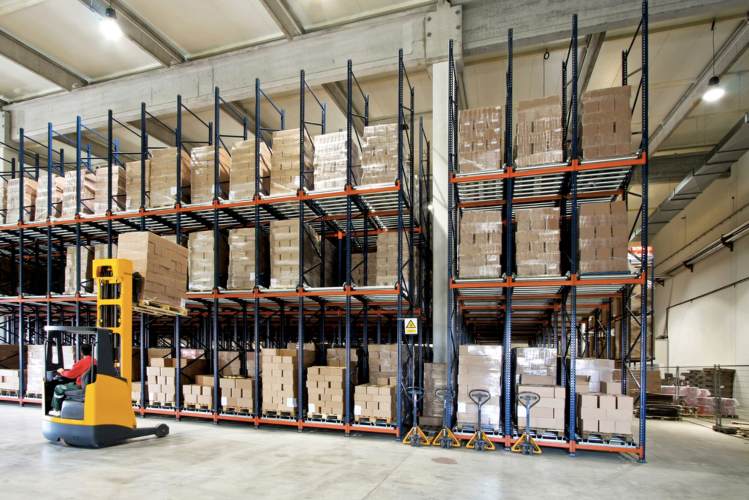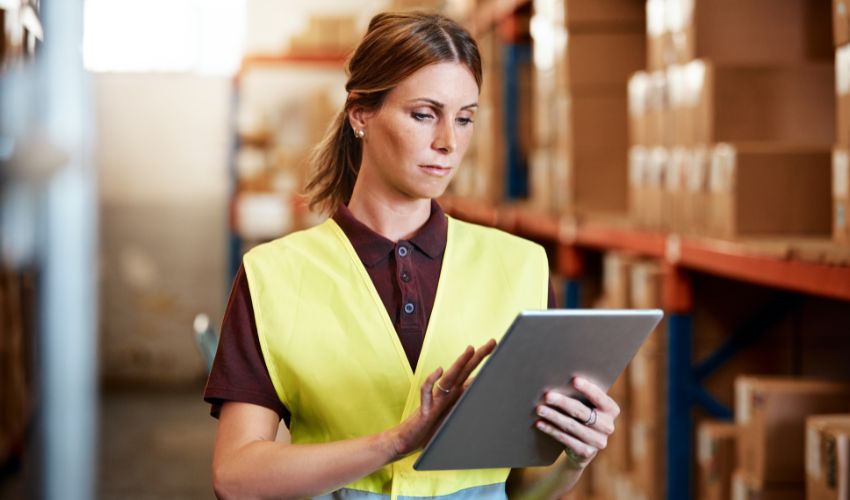Euroroute Logistics
Traditional Warehousing Vs Automated Warehousing: The Pros and Cons
Evolution Stage
The warehousing and logistics industry has witnessed a significant shift over the past few decades. With the advent of technology, automated warehousing systems have emerged, disrupting the traditional warehousing landscape. In this article we explore the advantages and disadvantages of traditional and automated warehousing, guiding you in choosing the right warehousing solution for your business.

Traditional Warehousing
Traditional warehousing operates manually, with humans undertaking most of the tasks such as stock picking, inventory management, and order fulfillment. Traditional warehousing has long served businesses of all sizes, providing a simple and straightforward approach to storing goods.
Pros and Cons
The primary advantage of traditional warehousing lies in its simplicity and low setup cost. It can be an ideal solution for small businesses with lower order volumes or for products that require special handling. However, the main drawbacks include higher operational costs due to manual labour, potential for human error, and inefficiencies in scaling during peak demand periods.
Automated Warehousing
Automated warehousing leverages technology such as Warehouse Management Systems (WMS) that are software applications designed to optimise warehouse functionality. A WMS can control and monitor the movement of materials within the warehouse, handle order fulfilment, manage inventory levels, and provide data analytics for strategic decision-making. Automated systems streamline operations like stock picking and inventory tracking often resulting in higher efficiency and accuracy.
Pros and Cons
The benefits of automated warehousing include enhanced accuracy, reduced labour costs, increased efficiency, and superior scalability. Automated systems can swiftly adapt to fluctuations in demand, a key benefit in today’s dynamic business environment. However, the initial setup cost for automated systems can be high, potentially limiting their feasibility for small businesses.
Cost Matters
When considering the cost, the initial investment for an automated warehouse may be higher than traditional warehousing. However, automated warehouses often offset this through lower operational costs and higher efficiency over time. For small businesses concerned about the upfront investment, partnering with an established outsourced logistics provider like Euroroute that’s already invested in automated warehousing can be a beneficial strategic move. We offer the benefits of automation with over 20 years of hands-on expertise and a scalable cost model based on usage needs, providing you with an affordable and efficient solution.
Enhanced Efficiency
Logistics partners using Warehouse Management Systems generally outshine traditional warehouses when it comes to efficiency. With advanced systems, they reduce the time taken to process orders, which can be crucial in today’s fast-paced e-commerce world. The automation in warehousing significantly reduces the risk of human errors that can occur in traditional warehousing. This increase in accuracy directly results in a higher rate of order fulfilment precision, thereby enhancing customer satisfaction. As a result, businesses can experience a reduction in returns and exchanges caused by fulfilment errors, an improvement in overall customer experience, and the potential for increased repeat business due to heightened customer confidence in the brand’s ability to deliver as promised.
Scalability Scope
Automated warehouses can easily scale up during high demand periods, an attribute crucial in industries with fluctuating demand. Traditional warehouses may struggle with sudden scaling needs due to limitations in manual labour. Automated warehousing can significantly reduce labour costs, while traditional warehousing is labour-intensive. However, automation also means fewer jobs, which can have broader socio-economic implications.
Making Choices
Both traditional and automated warehousing have their strengths and weaknesses, making the choice largely dependent on individual business needs and resources. While traditional warehousing may be suitable for some, automated warehousing offers undeniable efficiency and scalability that could be pivotal for others.
Euroroute Recommendation
At Euroroute Logistics, we understand that every business has unique logistics needs. Whether your operations align more with traditional warehousing or you’re looking to transition to an automated system, we are here to assist you in making the best decision for your business.The best warehousing solution is the one that aligns with your business’s operational needs, financial capabilities, and long-term strategic goals.
The warehousing industry has transformed with technology and automation.
Traditional warehousing is simple but costly, while automated warehousing offers efficiency and scalability. The choice depends on individual business needs and resources, with automated warehousing providing clear advantages for efficiency and adaptability.

